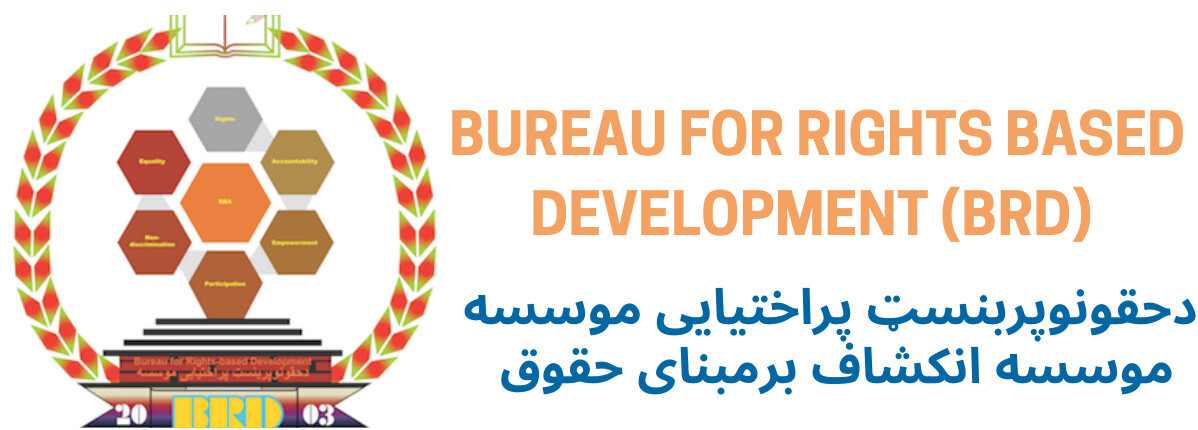Protection Program
Afghanistan context
Protection Overview:
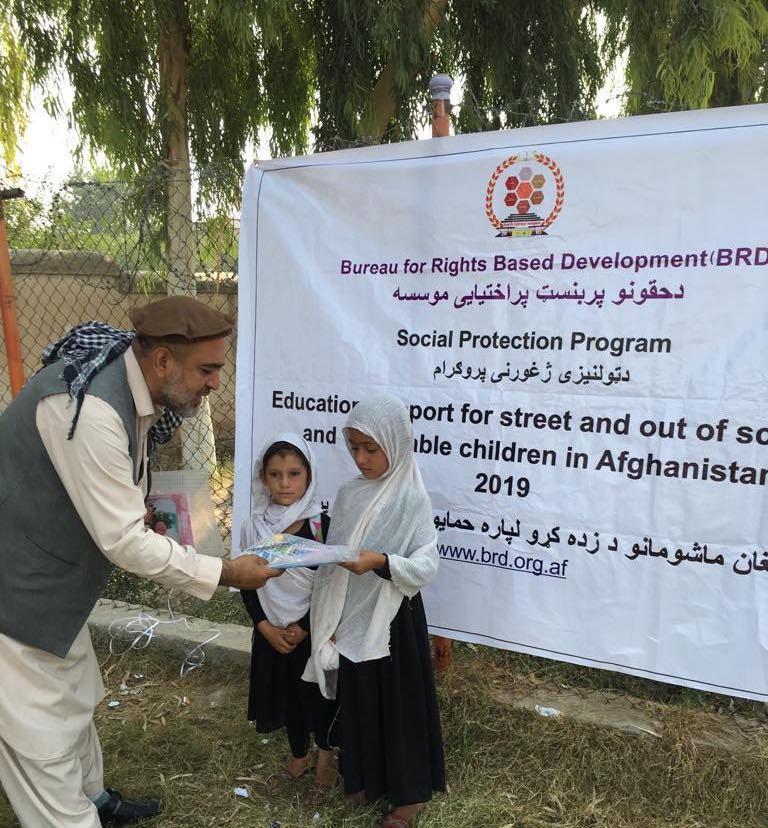
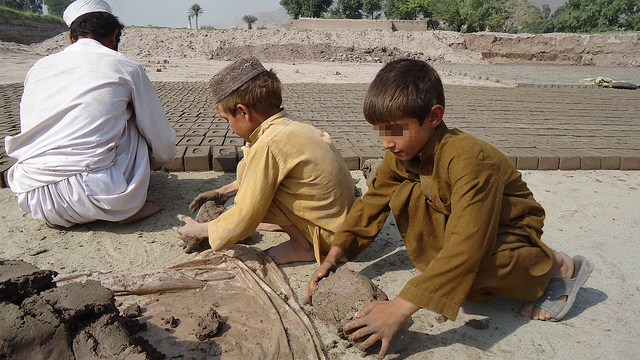
National Protection Landscape
Afghanistan continues to face a complex humanitarian crisis marked by conflict, displacement, poverty, and restrictive social norms. Vulnerable populations—including children, women, youth, and displaced families—are exposed to violence, exploitation, and systemic exclusion from essential services. Key protection threats include:
- Child labor, early and forced marriage, and recruitment by armed groups.
- Gender-based violence (GBV), especially against women and girls.
- Lack of access to legal identity, education, and psychosocial support.
- Weak enforcement of protection laws and limited institutional capacity.
Specific Needs and Challenges
Target Groups
- Children: Street children, orphans, conflict-affected, and unaccompanied minors.
- Women and Girls: Survivors of GBV, excluded from education and employment.
- Youth: Unemployed, at risk of radicalization and exploitation.
- Displaced Families: Internally displaced persons (IDPs) and returnees.
- Marginalized Groups: Ethnic minorities, persons with disabilities.
Key Challenges
- Inadequate access to protection services (legal aid, psychosocial support, safe spaces).
- Harmful cultural practices and social norms.
- Fragile legal and institutional frameworks.
- Political restrictions on female participation.
- Economic instability and lack of livelihood opportunities.
BRD’s Response Strategy
BRD delivers rapid, life-saving assistance while building local capacity for long-term resilience. The program is designed to be inclusive, rights-based, and community-driven.
Protection Systems Strengthening
- Legislative advocacy to align national laws with international standards (CRC).
- Capacity building for service providers (social workers, educators, health workers, law enforcement).
- Establishment of community-based protection networks (CPANs, Shuras).
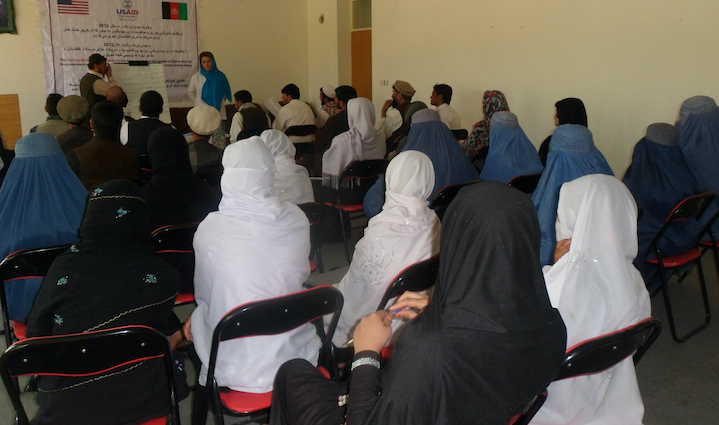
Access to Services
- Safe Healing and Learning Spaces (SHLS) for children and caregivers.
- Mobile Mental Health and Psychosocial Support (MHPSS) teams.
- Legal aid and referral systems for survivors of violence and abuse.

Livelihood and Empowerment
- Vocational training for youth and women.
- Economic empowerment for displaced families and marginalized groups.
- Support for sustainable livelihoods and small-scale enterprises.
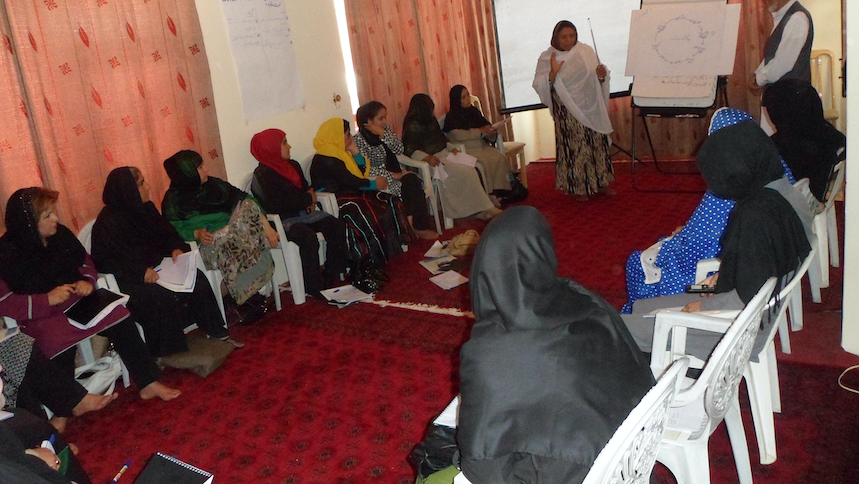
Education and Awareness
- Education support for street and vulnerable children.
- Community sensitization on GBV, child rights, and inclusion.
- Positive parenting and social norms change campaigns.

Gender Equity and Inclusion
- Gender-responsive governance and programming.
- Safe spaces and separate sessions for women and girls.
- Female staff engagement strategies under restrictive conditions.
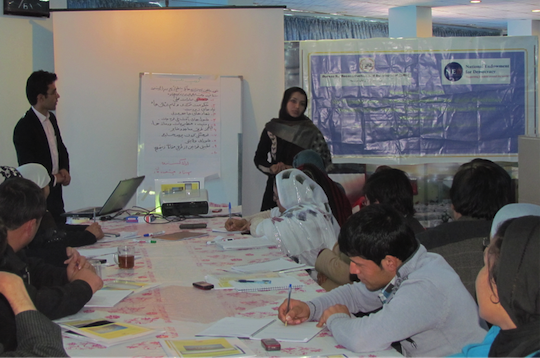
Justice and Accountability
- Training for justice actors on child-friendly and survivor-centered approaches.
- Community oversight and accountability mechanisms.
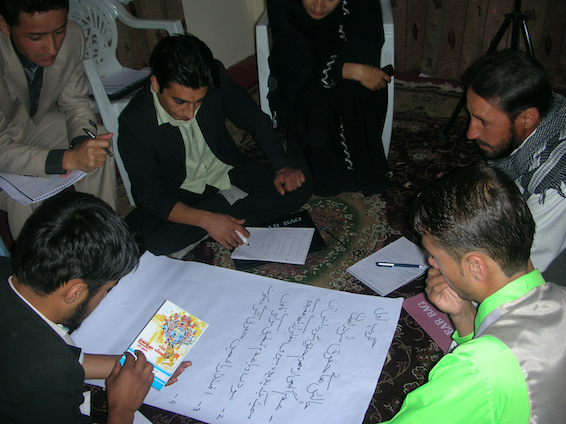
Join Us in Protecting the Most Vulnerable in Afghanistan
Every day, children, women, and marginalized communities in Afghanistan face unimaginable risks—violence, exploitation, displacement, and exclusion. BRD’s Protection Program delivers rapid, life-saving assistance while building resilient, community-driven systems that safeguard rights and restore dignity
But we cannot do it alone!
Your support can:
- Provide safe spaces and psychosocial care for children and survivors of violence.
- Empower women and youth through education and vocational training.
- Strengthen local protection networks and justice systems.
- Ensure legal identity and access to services for the most marginalized.
Act Now
Help us prevent further deterioration and promote stability in Afghanistan. Whether you're a donor, policymaker, humanitarian partner, or advocate—your engagement is critical.
🔹 Partner with BRD
🔹 Fund protection initiatives
🔹 Amplify our mission
🔹 Stand up for human rights
Together, we can build a safer, more just future for Afghanistan’s most vulnerable.
👉 Contact us today at info@brd.org.af | www.brd.org.af
